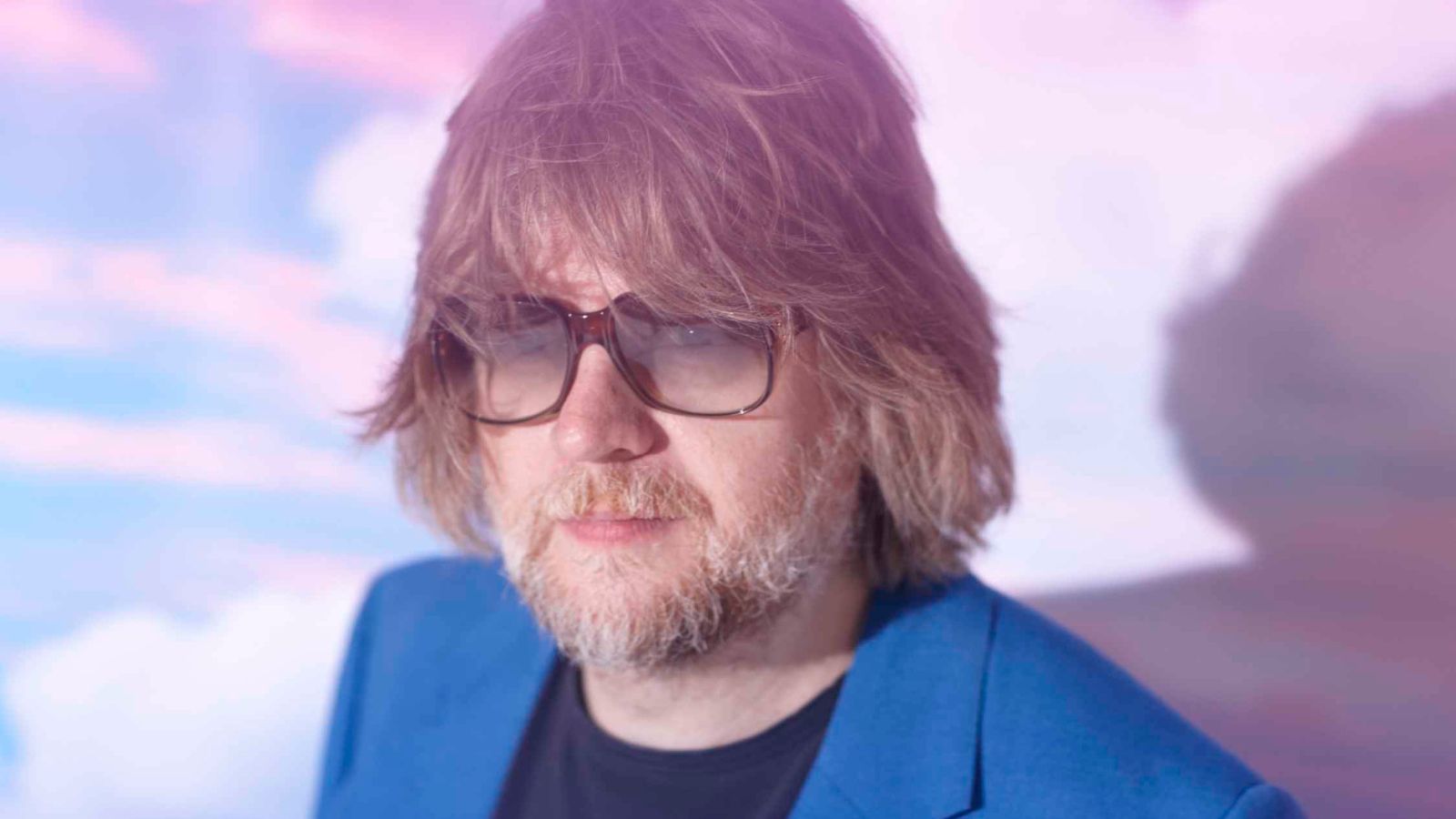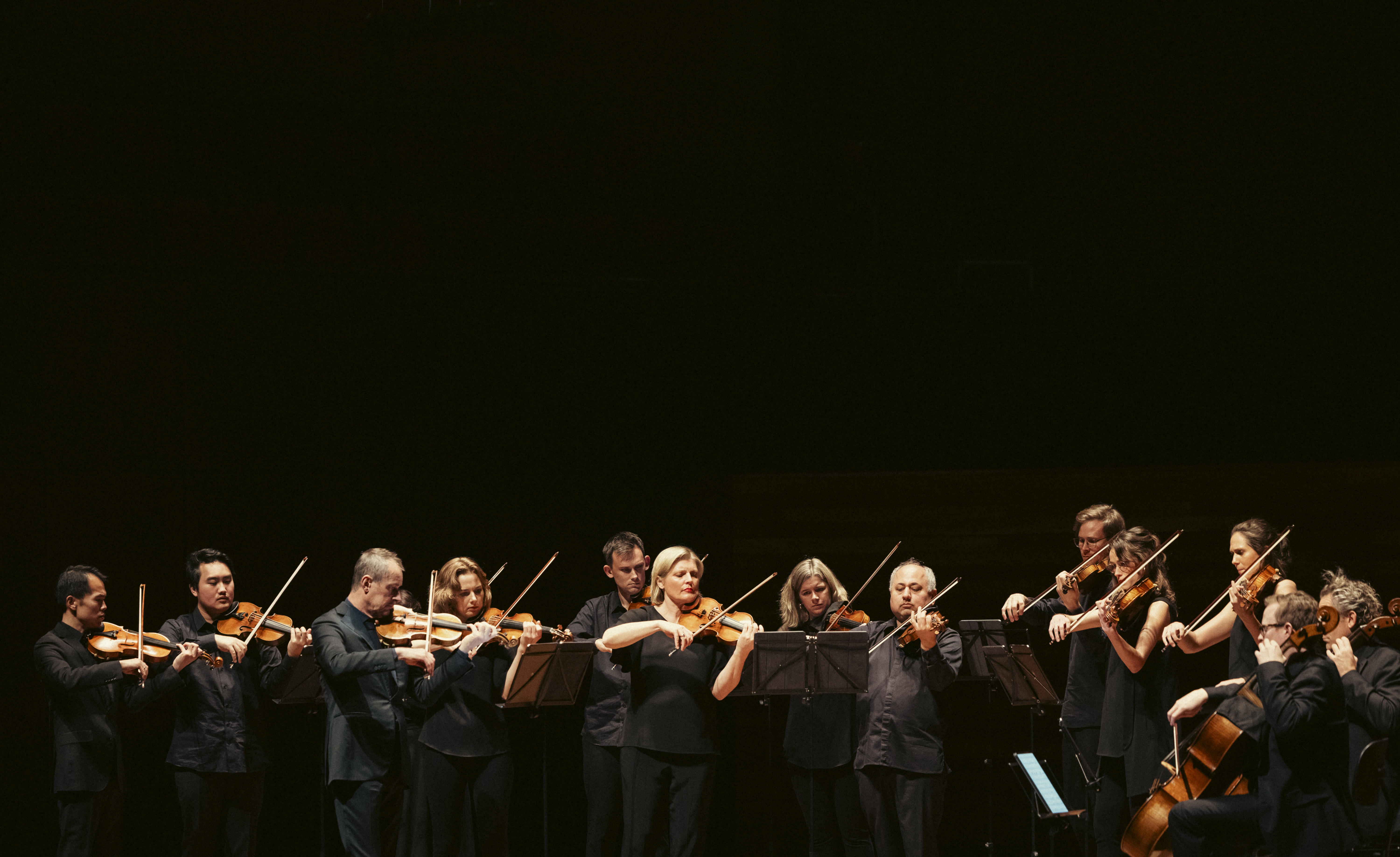
By Clem Bastow
Many young people who heard Wendy Carlos’ groundbreaking record Switched-On Bach on its release in 1968 might have felt taken aback by its futuristic sounds, created by the Moog synthesiser. But Will Gregory, it’s fair to say, was not “most young people”.
“I heard Switched-On Bach when I was about 10 or 11. If I was given a piece of Bach to play I was happy, so I was already a bit on that side of the divide between the romantics and the more forensics,” he recalls, with a wry smile. “So that very much appealed to me, because on the one hand it sounded quite detailed but it had some real moments of being ‘let off the leash’, as well. It opened up the idea that Bach was a much wider place to experiment with. There was an ‘interpretation horizon’ that suddenly went sky high after that.”
Since I’m in Melbourne and he’s in the Britain, I’m speaking with Gregory – composer, producer and, with Alison Goldfrapp, half of the iconic pop duo that bears her surname – via Zoom. As the sun sinks below my balcony, there’s a hint of springtime in the morning light that streams through the windows of his studio and I find myself willing the webcam to shift angles so that I might spy on his synthesisers. After all, he has the sort of collection that electronic music fans speak of in hushed tones.
Gregory has carved out a niche as one of Britain’s preeminent synth wizards, alive to the creative possibilities these diverse – and at times unpredictable – instruments present. He’s excited for Australian Chamber Orchestra audiences to experience their unique qualities firsthand when he joins the ACO with the Will Gregory Moog Ensemble.
His family of synths includes names that even laypeople will likely be familiar with – such as the Moog and the Roland Jupiter-4 – as well as ultra-rare machines like the enormous Korg PS-3300 Polysynth, which in its singularity of tone and rarity – only around 25 were ever made – is a little like inviting an oversized Stradivarius into your studio.
Does he have a favourite? “In a fire, the Minimoog would be under the arm and out of the building first,” he says, laughing.
“To begin with, synths had this stigma, that they weren’t ‘real’ instruments. The very word, synthetic, implies something that’s not as good as ‘the real thing’,” he says. “What’s happened is we’ve grown used to the sounds that they make and discovered that, actually, we don’t want them to sound like oboes and strings. What we want them to sound like is waveforms and electrons rushing around circuits, jumping out of speakers and doing all of these incredible things that no acoustic instrument can do.”
It’s easy to forget, given the new age of synthesised arrangements that Switched-On Bach heralded – from Isao Tomita’s Snowflakes Are Dancing to every on-hold Muzak sonata that ever emerged from a telephone receiver – what a towering achievement Carlos’ album was at the time. “So many things get overshadowed by their progeny,” Gregory says, “but that [album] really doesn’t, does it?”
In a 1970 BBC interview, Carlos demonstrates her synthesisers and explains to the viewer how “there’s no magic button marked ‘violin’ or ‘trumpet’ or ‘drums’, you have to build every sound.” What Carlos built was an album that still sounds as fresh and engaging as it did upon its release but which also reveals the warmth and personality of synthesisers. That is something that may surprise those who assume that all synths are by their very nature artificial-sounding or that they provide the same sounds every time a button is pushed.
“There’s all kinds of things about it that – as you get to know synths and their waywardness, and the fact that they drift out of tune – become even more remarkable,” Gregory says, of re-listening to Carlos’ work. “There are these little tuning discrepancies that happen every so often and they become more characterful.”
The sheer amount of work and warmth that Carlos put into Switched-On Bach remains a source of inspiration for Gregory. “Bach is so often criticised for being ‘typewriter music’, and maybe a little bit inhuman. Certainly it is inhuman in terms of its sheer intellectual power,” Gregory says. “So to step into that world [with synths] and bring, like you say, an organic warmth to it as well – she [deserves] double plaudits for doing that. It just feels like so much effort and attention went into it that it’s a real work of love and you can hear that.”
As a composer for screen, Gregory is excited about the blurring of barriers between so-called traditional film scoring and electronic scores, but says the seeds were sown much earlier than some might expect. “John Barry loved synth basses. Lalo Schifrin was using them, with his beautiful high, clustery pad sounds that were sizzling away,” he says. “There was a lot going on that was being slipped under the radar, if you like. Film scores are always good for slipping musical styles and ideas into the mainstream without everyone really noticing. But now there’s a lot more use of the two worlds simultaneously: using a classical orchestra on top of synths and getting the best out of both. When you get the two together you get more than the sum of the parts: you get some other weird frisson between the two.”
Read full interview in the program for ‘A Clockwork Orange and Beyond’ once the tour has begun.
A Clockwork and Beyond tours to Sydney, Wollongong, Melbourne and Canberra, 12-23 May. Click here to discover the program and book tickets.
